Welcome to our Self-Guided Tour! Below you will find a map of the AHCF property to guide yourself with.
The Albion Hills Community Farm includes an allotment garden, a market garden, a perennial garden, a pollinator garden, a learning garden, backyard chicken demonstration sites and an apiary (bee yard). We provide local food with a focus on organic practices, education, and community partnerships. We are a non-profit organization that depends heavily on volunteers, donations and partnerships.





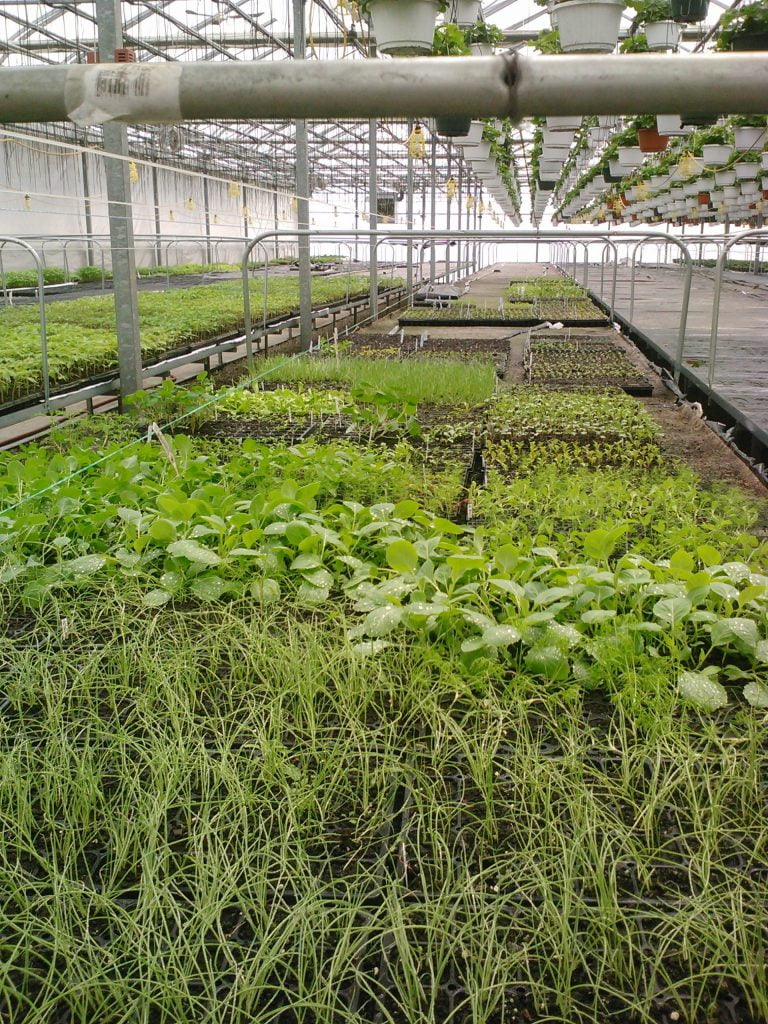
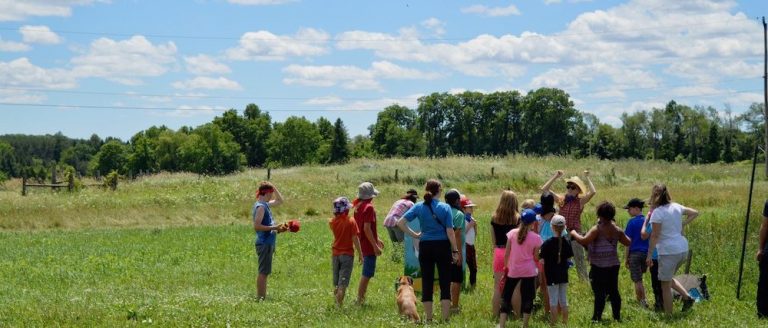



This is the main building for the Albion Hills Community Farm. It was formerly the barn for a dairy farm. It is now the processing, sales, and storage area for the farm. The buildings and land are leased from the Toronto Region Conservation Authority (TRCA). The farm is within the Albion Hills Conservation Area and is adjacent to two outdoor education centres.

 Chickens (E8)
Chickens (E8)The Town of Caledon and Toronto now allow people to keep chickens in their backyard. This town-supported demonstration project shows how chickens can be kept in a residential area. People in Caledon can keep four hens. Ask if there is food that you can feed to the chickens. What do the chickens like to eat? What do they like to do?
This area contains the food that we sell on site, to restaurants, at farmer’s markets, etc. Some food is donated. The garden uses organic practices and drip irrigation to reduce water usage. Thanks to the many volunteer groups and students that help make it successful.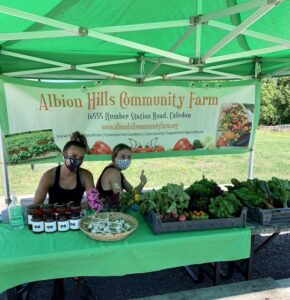
This location provides a view of the commercial apiary on site (Lovely Bee). In addition to providing honey for sale, the “pollination services” that honey bees and other pollinators provide are critical for crop success here and globally. Ask about opportunities to get up close. This area also contains our sunflower crop. Do you see pollinators on any flowers today?

Our 50 plots are rented to community members to grow their own garden & food. Members maintain their own garden plot allotments in this area. Please do not pick or disturb their crops. Thanks to Donna for the care of the Pollinator Garden and the perennial garden you see between the barn and the market garden.

Jenny’s Learning Garden is planted by and for students and other learners.

The surrounding hills of sand and gravel are the rain barrel for this area. The water they contain feeds local wells and streams. The moraine also helps support local wildlife including the wetland to the west and the fish in the Humber. The hedgerow restoration projects planted by the TRCA you see fenced off are part of improvements to this important ecological area.
This style of composter is insulated to be suitable for supporting worm composting. We also have other composters in other locations on the farm designed for various types of plant waste. All of them help us to improve the soil and handle waste responsibly. Ask if there is appropriate food or paper available if you want to add to their food and bedding.
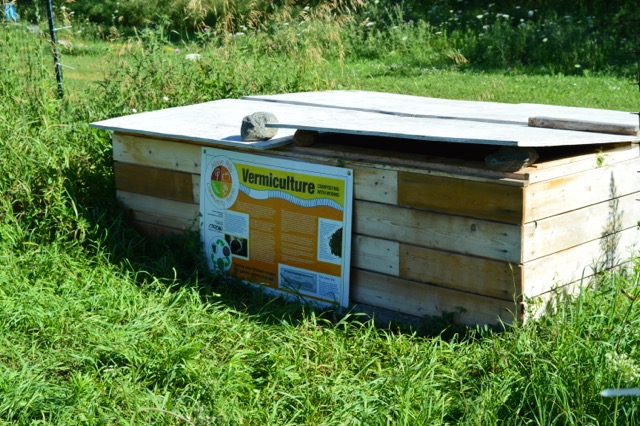
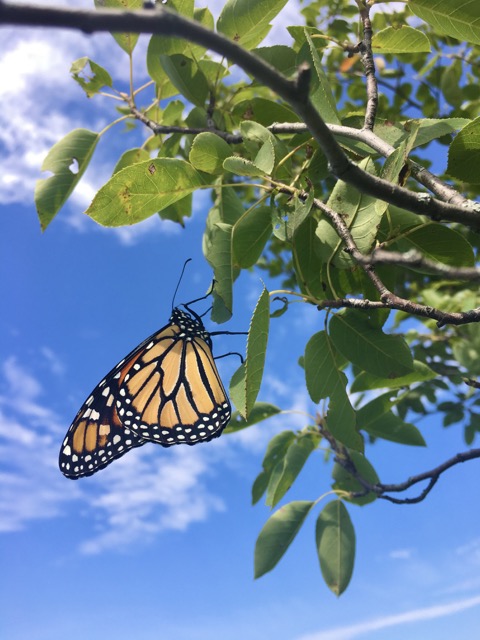
Sign up for our newsletter to receive updates about the farm, recipes and more!
This area is inspired by traditional Indigenous Medicine Wheel gardens. The four quadrants represent the four directions and four seasons. We created this garden to provide an opportunity to learn, teach and honour traditional Indigenous practices, perspectives and being.
– Etobicoke Outdoor Education Centre